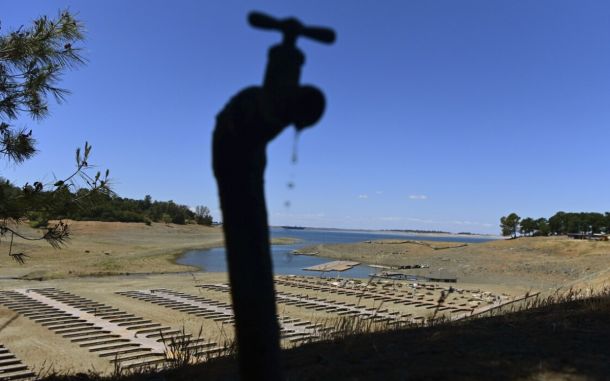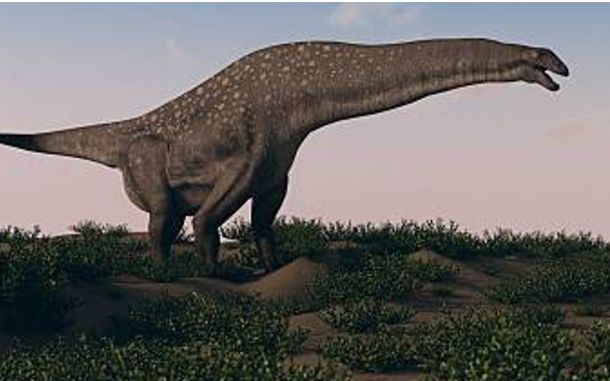NASA, ESA to Discuss Mars Sample Return Mission

The European Space Agency (ESA) and NASA are working how to bring the first samples of Mars rock and broken rock/dust to Earth for in-depth analysis. This global interplanetary relay team’s initial leg is the Mars Perseverance rover. Its responsibility is to gather and store samples on Mars. Two Mars Sample Return missions are scheduled to travel in the general direction of Jezero Crater after Perseverance.
The first would land safely near or in Jezero, gather the sample cache, and then launch it off the Red Planet. The second would capture it in Mars orbit and bring it to Earth in the early to mid-2030s in a safe and secure way.
These first samples, which were taken and returned, may provide an important response. Has there ever been life on Mars? We can only properly answer the question by bringing the samples back, utilizing the most advanced, cutting-edge labs, at a time when future generations may examine them using methodologies that haven’t yet been developed.
More about history:
A proposed expedition to gather rock and dust samples on Mars and bring them back to Earth is known as a Mars sample-return (MSR) mission. Such a mission would allow more thorough investigation than what the onboard sensors could provide. But there have been worries that bringing such samples back to The earth could damage the planet itself.
Scientists have advocated for the retrieval of Martian geological materials for at least three decades. The Sample Collection for Investigation of Mars (SCIM) concept was one early idea, and it called for sending a spacecraft on a grazing pass through Mars’ upper atmosphere to gather dust and air samples without landing or orbiting.





Leave a Reply
You must be logged in to post a comment.